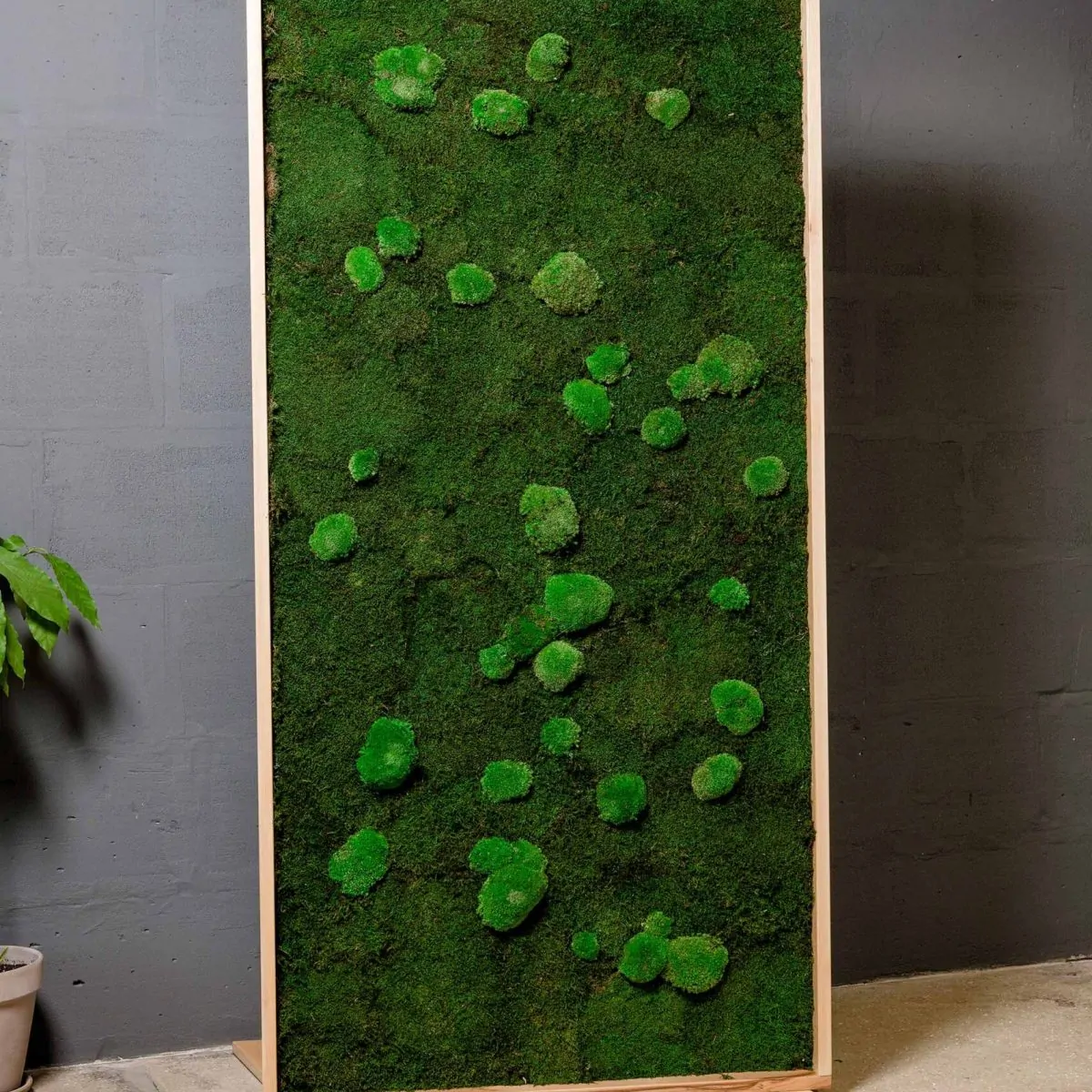


 Caned and panel backs are two popular and attractive options for frame chairs. To make a caned back (below), all you need is some stock for the rails and mullions and a piece of prewoven cane. You can weave the back from individual strands of cane, following instructions starting on page 83. Cut tenons at the ends of the rails to fit into mortises in the rear legs and at the ends of the mullions to join with the rails. The cane fits into a groove cut into the rails and mullions.
Caned and panel backs are two popular and attractive options for frame chairs. To make a caned back (below), all you need is some stock for the rails and mullions and a piece of prewoven cane. You can weave the back from individual strands of cane, following instructions starting on page 83. Cut tenons at the ends of the rails to fit into mortises in the rear legs and at the ends of the mullions to join with the rails. The cane fits into a groove cut into the rails and mullions.
The panel for a panel back is cut on a band saw (page 122), then fitted into
A CANED BACK
|
|
|
|
|

Preparing the rails and mullions
Cut the grooves in the rails and mullions on a router table. Use a straight bit with a diameter equal to the width of the spline you will use to secure the cane; adjust the cutting height to slightly more than the thickness of the spline. Start with the mullions, using three featherboards to support them during the cut: Clamp two to the fence, one on each side of the bit, and a third to the table, braced by a support board. Position the fence to cut the groove / inch from the edge of the mullions, then feed the boards with a push stick (above, left). Before routing the grooves in the rails, test-fit the rails and mullions together
and mark the location of the mullion grooves on the back face of the rails. Then remove the featherboards from the router table, align the groove mark on the leading end of the rail with the bit, and clamp a stop block to the table flush against the trailing end of the stock. Repeat the same process with the second groove mark to install a stop block that will limit the length of cut. Carefully lower the stock onto the bit, keeping the edge flush against the fence and the trailing end butted against the stop block (above, right). Once the rail is flat on the table, feed it along the fence, lifting it clear once the stock touches the front stop block.
|
|
|
|
|
|
|
|
|
|
|
|

|
|
|
|
|
|
|
|
|
|
|


|


3 Cutting the panel
Outline the sides of the panel, using any pattern that suits the design of the chair, but make sure the outlines begin and end at the groove marks at the top and bottom of the panel. To ensure that the two sides end up identical, outline just one side on a template. Then trace the pattern from the template to one side of the panel and turn the template over to outline the opposite side. Cut the panel on your band saw (right), feeding the work – piece across the table and keeping your hands clear of the blade.
|
2 |
Outlining the top and bottom of the panel
To help you shape the panel and cut it to length, dry-assemble the rails and rear legs and clamp them together. Center the assembly atop the panel on a work surface, then clamp the panel to the back rail so the bottom of the panel extends under the rail by the depth of the groove, about % inch. Mark the start and end of the rail grooves at both the top and bottom of the panel. Then, holding the panel flush against the underside of the crest rail, trace the curve of the rail on the panel (left). Remove the panel from the frame and mark a second line parallel to the first about % inch beyond it to allow for the portion of the panel that will extend into the groove.
 4 Test-fitting the panel
4 Test-fitting the panel
Take the panel frame apart and fit the panel into the back and crest rails (right). Since the grooves cut by the router will be rounded at the ends, it may be necessary to trim the corners of the panel with a chisel or sandpaper to improve the fit.
|
5 |
Gluing up the back
Spread some glue on the contacting surfaces of the rails and rear legs. Do not apply any adhesive in the panel grooves or the panel; the panel must be free to move as humidity changes cause the wood to swell or contract. Start assembling the back by fitting the back rail into the legs, then slip the panel into its groove in the back rail. Fit the crest rail onto the panel and into the rear legs. Close up the joints with two bar clamps (left), aligning the bars with the rails and using wood blocks to protect the legs.
|
|
|



